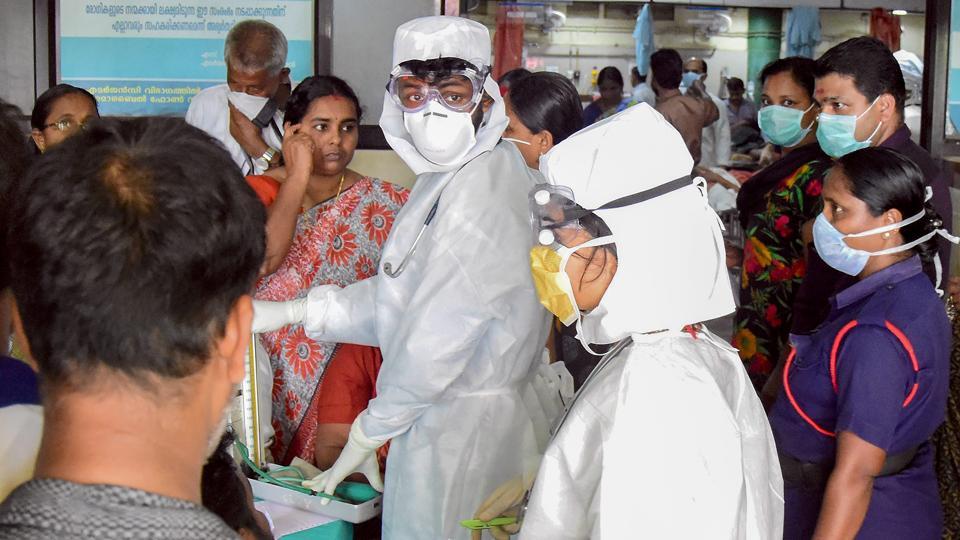Nine got dead in Kerala’s Kozhikode after being infected by Nipah Virus. Two of the victims were brothers; the third one a woman, was a relative who had visited them in hospital, Dr. Reena, Additional Director of Communicable Disease in Kerala Government. Eight people doubted to have contracted the Nipah Virus, are being observed in a special ward in Kozhikode Medical College as well in three other hospitals. “Their blood samples have been sent for further anatomy. They are mostly people who were in contact with either of the three who died,” Dr. Reena said.
Consecutively, Union minister J P Nadda directed the team to visit the district to assist the state government.
Primary symptom includes fever, breathing problem, drowsiness, headache, mental disorder, disorientation, and delirium. A patient can slip into coma within 48 hours.
Nipah virus infection is a newly rising zoonosis that causes severe diseases in humans and animals In 1998 Nipah virus (NiV) was first recognized during an epidemic in Kampung Sungai Nipah Malaysia. At this time pigs were the main host of transition. In 2004 Bangladesh palm
Signs of infection with Nipah virus is associated with encephalitis (inflammation of the brain). After exposure and an incubation period of 5 to 14 days, illness presents with 3-14 days of fever and headache, followed by drowsiness, disorientation and mental confusion. These signs and symptoms can progress to coma within 24-48 hours. Some patients have a respiratory illness during the early part of their infections, and half of the patients showing severe neurological signs showed also pulmonary signs during the Nipah virus disease outbreak in 1998-99, 265 patients were infected with the virus. About 40% of those patients who entered hospitals with the serious nervous disease died from the illness.
Till now vaccination for NiV is not available for human and animal. The only treatment is that patient to be provided care and support.

